Stainless Steel CNC Machining Services
Stainless steel alloys have excellent mechanical properties, including high tensile strength, ductility, wear resistance, and corrosion resistance even at high temperatures.
AT-Machining offers custom, precise and efficient CNC machining services for your stainless steel parts.
- Certified Materials
- Factory Price
- No Minimum Order
- Fast Turnaround
Save 30% cost on average!

Expert CNC Stainless steel machining service
AT-Machining is your top choice for dependable and efficient stainless steel components. Our ISO 9001-certified facility offers cutting-edge precision on custom designs with options ranging from rapid prototyping up to high-volume production of parts ready for use. We make sure you enjoy quick turnarounds in a trustworthy environment without fail!
Our specialized team provides unparalleled CNC machining services, including milling, turning, and lathe work. Prices are tailored based on the product’s stage of development so that you benefit by getting the highest value at an unbeatably fast delivery timeframe every time! The dedicated experts we have on staff always stand ready to provide bespoke support when needed – helping ensure success in achieving all project goals.

CNC Milling
3 Axis, 4 Axis and 5 Axis CNC Machining Services for simple and complex geometries parts.

CNC Turning
CNC turning with live tools combines lathe and milling capabilities to machine parts with cylindrical features.

About The Material
Stainless steel is an ideal material for CNC machining due to its excellent workability and amazing uniformity. Its impressive ability to resist corrosion, wear and tear. High tensile strength makes it a top choice amongst industrial settings seeking superior quality components that stand the test of time. The metal also offers great ductility and formability to meet specific project parameters with ease – all making stainless steel one of the most sought-after materials for precision machinery such as CNCs.
- Corrosion resistance
- Strength
- Versatility
- Surface
- Durability
Stainless Steel Alloys for CNC Machining
Stainless steel CNC machining is a manufacturing process that uses computer numerical control (CNC) machines to shape and cut stainless steel into precise and complex parts or products.
During the CNC machining process, a computer program is used to control the movement and operation of the cutting tools, which allows for highly accurate and repeatable cuts. This results in parts with tight tolerances and complex geometries, which are difficult or impossible to achieve using traditional machining methods.
With a wide selection of stainless steel variations, we have everything you need to complete your CNC machining project with precision and excellence. From Stainless Steel 304/304L and 316/316L to 303 or Type 360 (17-4) etc, our options are guaranteed to deliver the highest quality performance that meets any specifications or requirements you may have!
Including but not limited to the following materials


Stainless Steel 303
Easy to machine, good corrosion resistance, not suitable for welding, ideal for nuts, bolts.

Stainless Steel 304/304L
Corrosion resistant, good formability, widely used in kitchens, tubing, and outdoors.

Stainless Steel 316/316L
Higher corrosion resistance than 304, marine grade, used in harsh chemical environments, surgical instruments.

Stainless Steel 17-4 PH
Precipitation hardening grade, high strength, good corrosion resistance, used in aerospace, chemical processing.

Stainless Steel 416
High machinability, lower corrosion resistance, magnetic, commonly used for gears, valves, and pump shafts.
Comparison of common Stainless Steel alloys
Learn the characteristics of various grades of stainless steel and choose the right material for your project
| SS303 | SS304 | SS304L | SS316 | SS316L | SS17-4 | SS410 | SS416 | SS420 | SS440C | SS15-5 | |
|---|---|---|---|---|---|---|---|---|---|---|---|
| Hardness, Vickers | 167 | 129 | 159 | 199 | 199 | 349 | 446 | 383 | 641 | 510 | 445 |
| Tensile Strength, Ultimate | 690 Mpa | 505 MPa | 564 Mpa | 620 MPa | 585 Mpa | 1103 Mpa | 1525 MPa | 515 Mpa | 1600Mpa | 760 - 1970 MPa | 1380 Mpa |
| Tensile Strength, Yield | 415 Mpa | 215 MPa | 210 Mpa | 415 MPa | 380 Mpa | 1000 Mpa | 1225 Mpa | 275 Mpa | 1360Mpa | 450 - 1900 Mpa | 1275 Mpa |
| Elongation at Break | 40% | 70% | 58 % | 45 % | 45 % | 15% | 14.5% | 30% | 12% | 2-14 % | 10% |
| Modulus of Elasticity | 193 GPa | 193-200 Gpa | 193 - 200 Gpa | 193 GPa | 193 GPa | 197 Gpa | 200 Gpa | 200 Gpa | 200 Gpa | 204 - 215 GPa | 196 Gpa |
AT-Machining
You Design It, We'll Make It.
Characteristics of CNC machining of stainless steel
Stainless steel material is more difficult to process than steel, not only considering the processing problems but also the performance of different types of stainless steel to choose the corresponding processing technology. The machining quality and efficiency can be guaranteed by a reasonable selection of tool materials, geometric parameters, and cutting parameters
Stainless steel in the cutting process, severe hardening, plastic deformation, high thermal strength, and cutting force. And poor thermal conductivity, the heat taken away by the chip is very little, and cutting heat is mainly concentrated in the tool near the edge, resulting in rapid tool wear.
Under the same conditions, stainless steel and other metals with strong affinity, easy to make the tip of the chip tumor and after the tool surface to produce adhesion, resulting in rapid tool wear. And because the frequent sharpening, and tool replacement, affects productivity.
In the cutting process, the machined surface is easy to form a hardened layer. As the stainless steel plasticity and toughness are relatively large, the chip is not easy to break, both affect the smooth operation, the processed surface damage is also large, so it is not easy to obtain a lower value of surface roughness.
The difference between milling and turning is that milling is intermittent cutting, the cutting process of each tooth depth of cut changes all the time, easy to produce vibration and impact, so the cutting conditions are worse than turning. In reverse milling, the tool teeth first in the hardened surface glide, increasing the tendency of hardening; milling impact and vibration so that the tool teeth are easy to chip and wear.
So should be used as far as possible with the down-cut milling method, can ensure that the cutting edge is smoothly cut away, the cutting brow bonded contact area is small, and in the role of high-speed centrifugal force is easy to be used up, to avoid the cutter teeth re-cutting into the workpiece due to chip impact on the front surface of the tool to produce flaking and chipping phenomenon, improve the durability of the tool
The grinding force of stainless steel is large and the grinding temperature is high. Under the action of high temperature and high pressure, Scraps will adhere to the working surface of the grinding wheel and block the pore of the grinding wheel, making the cutter lose the cutting effect. The rubbing temperature can reach 1000-1500 degrees Celsius so that the workpiece surface is easy to burn, the depth can sometimes reach 0.01mm ~0.02mm. And because of the action of grinding heat, the workpiece is easy to deform, resulting in size and shape error
CNC Machined Stainless Steel Applications
Many industries, including medicine, robotics, and aerospace, rely on CNC machining of stainless steel to create high-strength parts. This strong material can be used in applications like food packaging that require reliable durability or machinery operating in extreme temperatures. In short, it’s the ideal solution for any situation where reliability matters most!
Surface Finishes For CNC Machined Stainless Steel Parts
AT-Machining can provide the perfect finishing touch to your CNC-machined Stainless Steel parts with a range of powder coating, bead blasting, and plating options. Each finish offers its own advantages – so make sure you select the one that meets all your requirements!
| Name | Description | ||
|---|---|---|---|
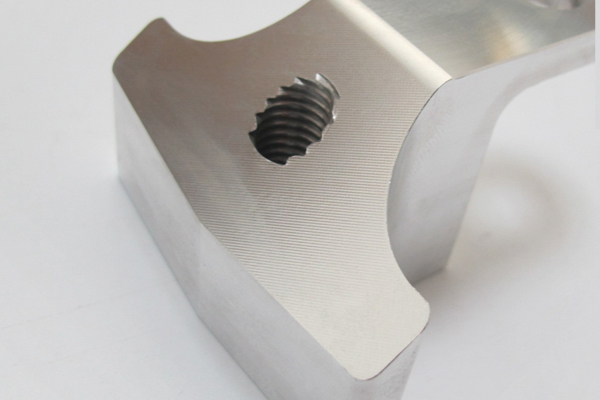
| As machined | The machined aluminum parts are left with visible tool marks and potentially sharp edges and burrs, which can be removed upon request. | |
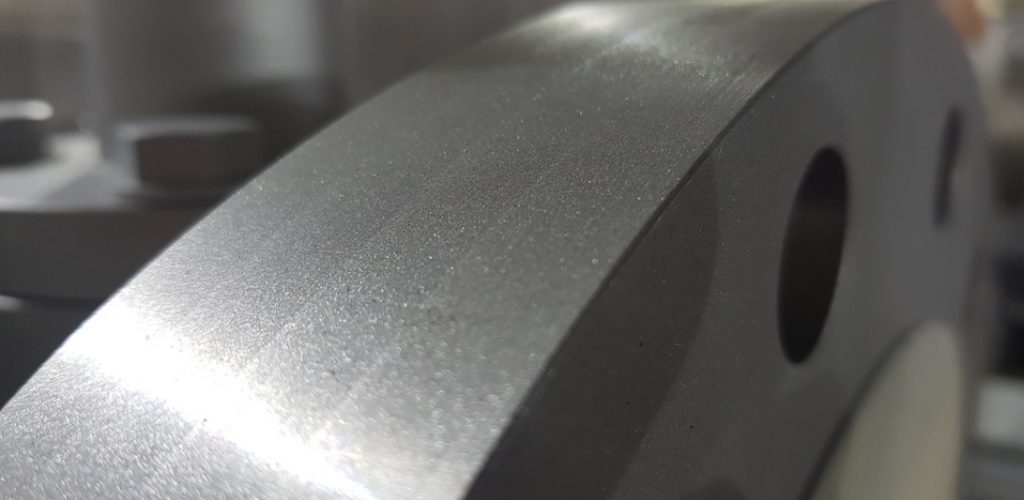
| Bead Blasted | Give the machined parts a smooth and uniform matte surface finish, thereby removing tool marks. | |
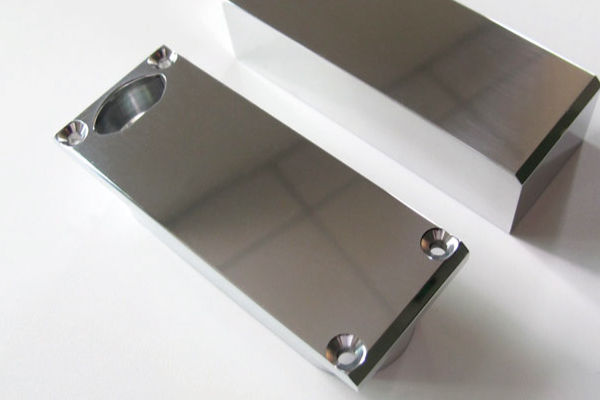
| Polishing | Creating a smooth and shiny surface by manually polishing in multiple directions or by applying a chemical polish treatment. | |
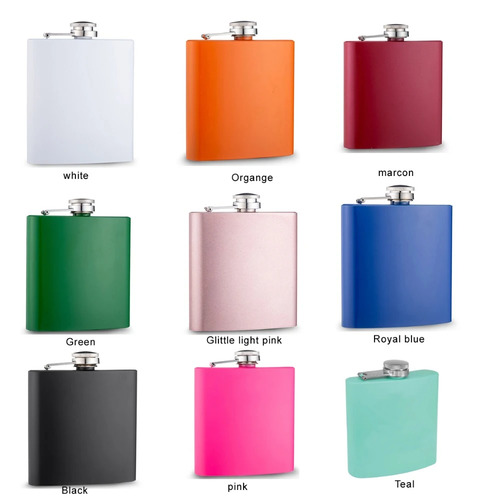
| Powder Coat | Applying powdered paint to the components and then baking it in an oven, which results in a stronger, more wear- and corrosion-resistant layer that is more durable than traditional painting methods. | |
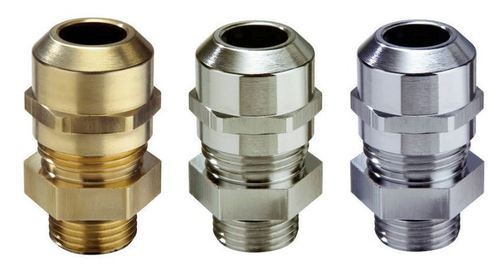
| Nickel Plating | Nickel plating refers to the plating of a layer of nickel on a metal or some non-metal by electrolysis or chemical methods make the workpiece has better corrosion resistance and wear resistance | |
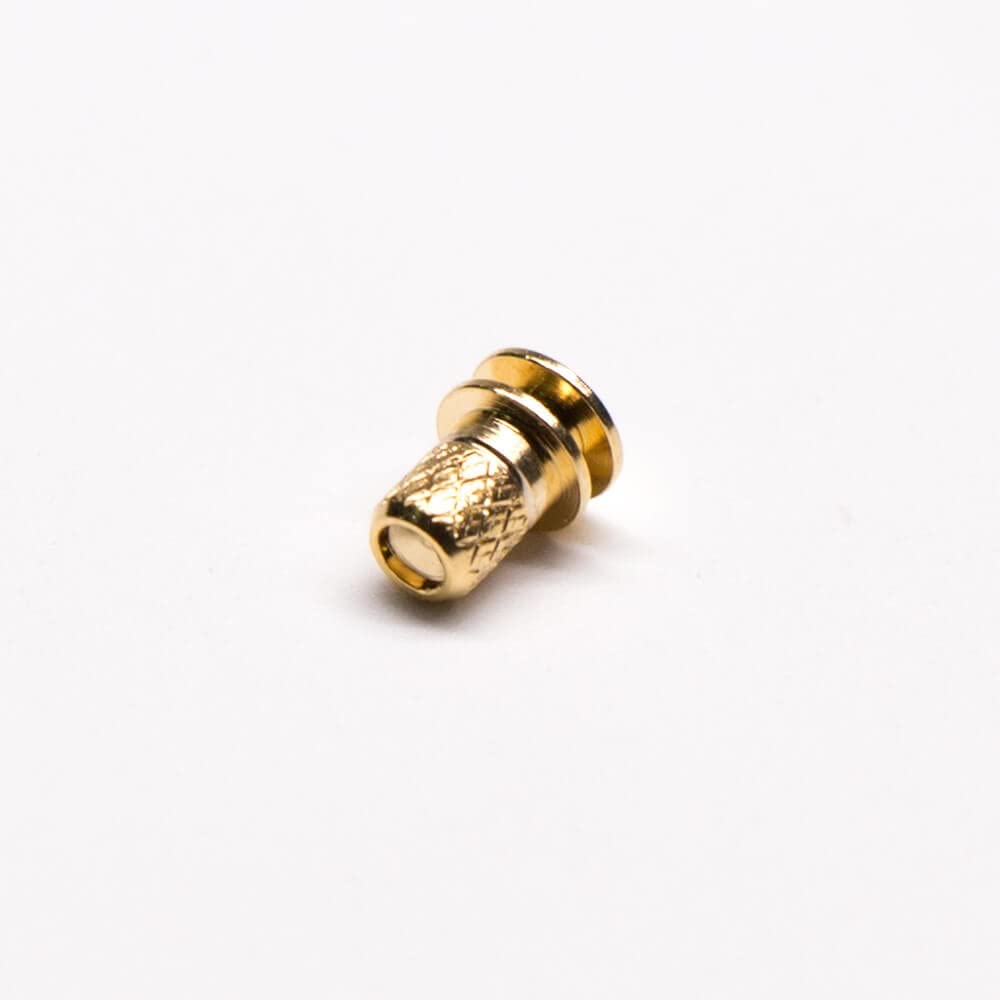
| Gold Plating | From protection against corrosion to increased conductivity and durability, gold-plated connectors offer numerous advantages. | |
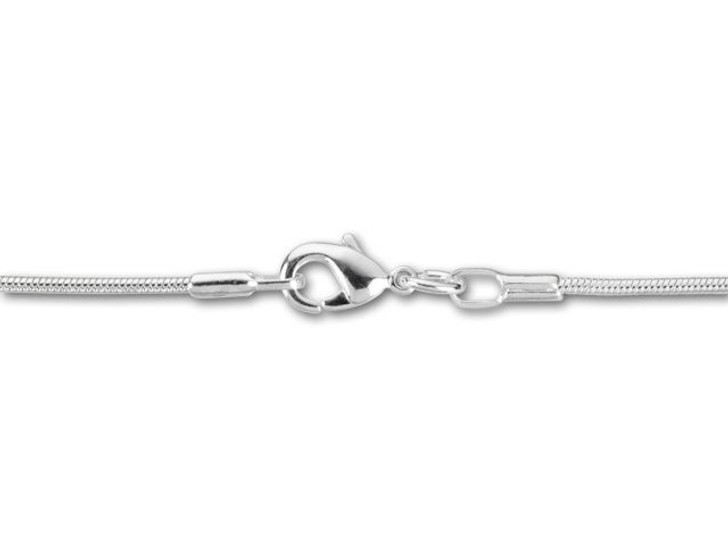
| Silver Plating | Silver plating is a process of coating materials with silver, which is also known as electrolysis. Make the workpiece better Conductivity,Corrosion resistance,Wear resistance,Durability,Solderability | |
Gallery of CNC machined Stainless Steel parts
AT-Machining prides itself on our superior manufacturing capabilities, enabling us to expertly handle the production needs of customers across a wide array of industries. From medical devices and aerospace technology to hardware startups and marine robotics – no project is too large or small for us!
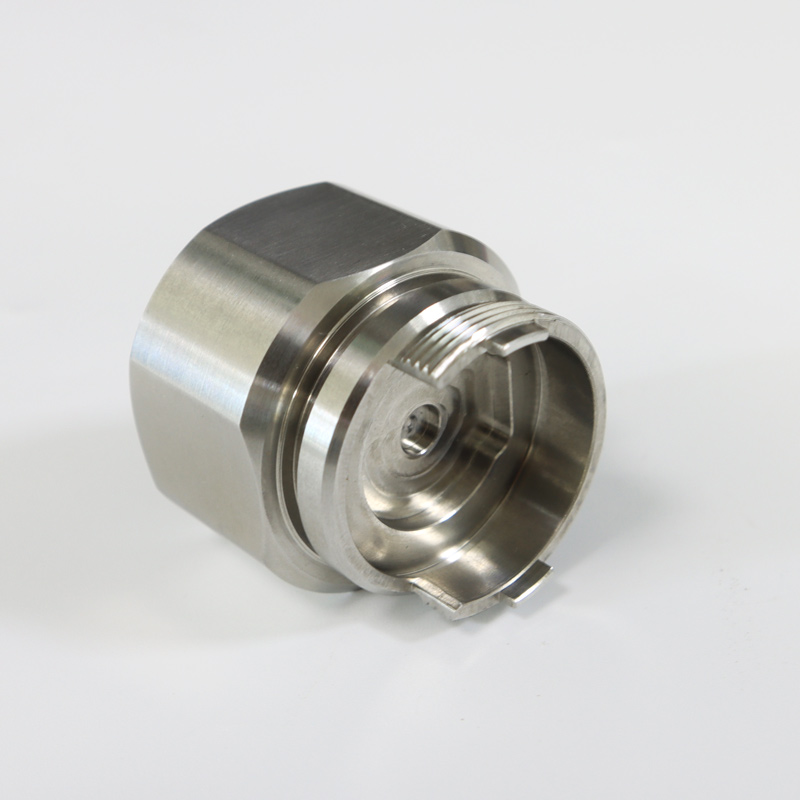

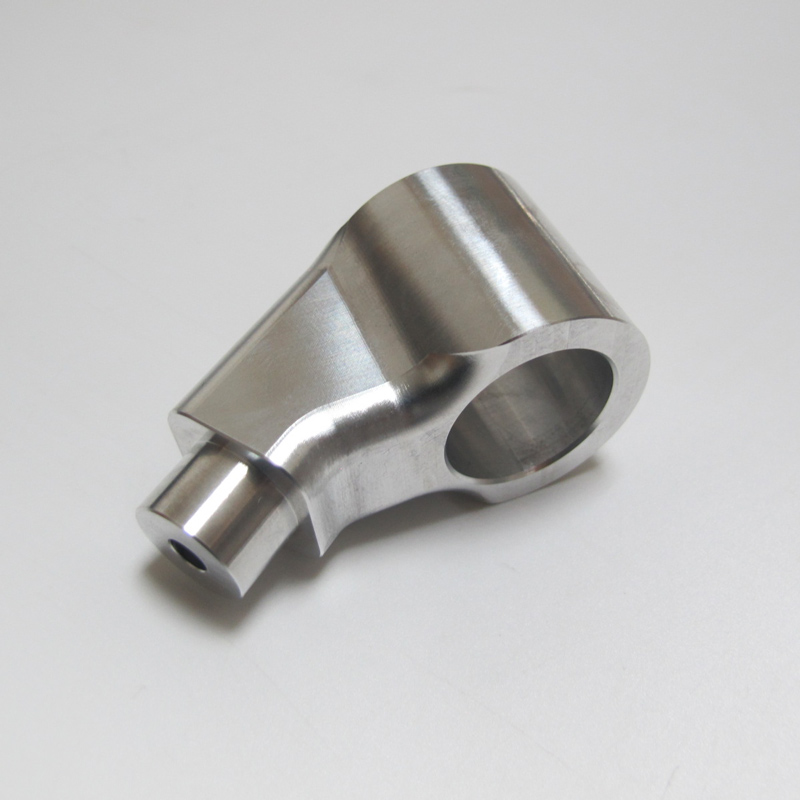
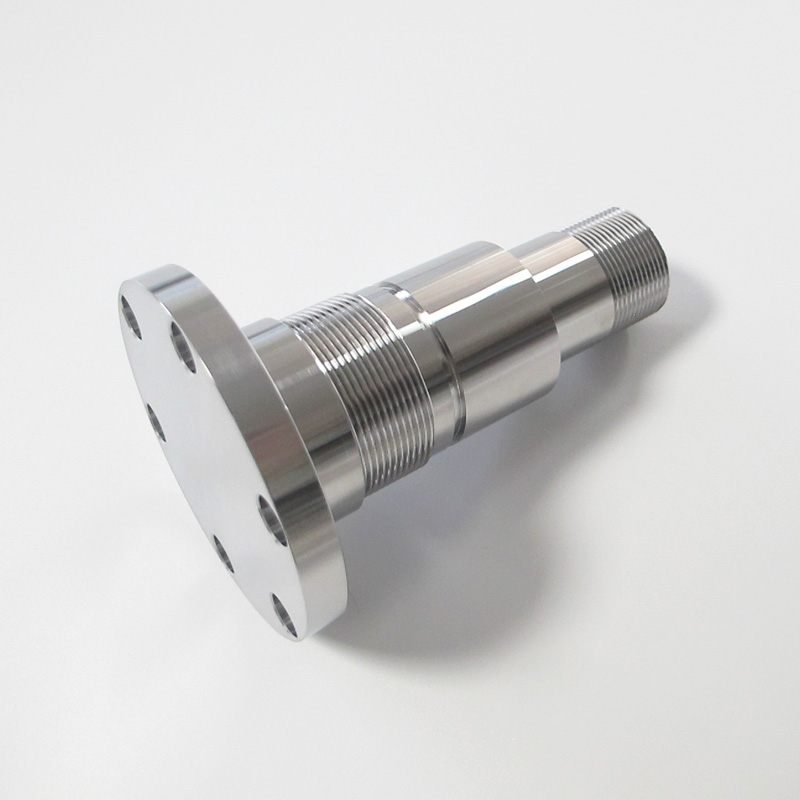

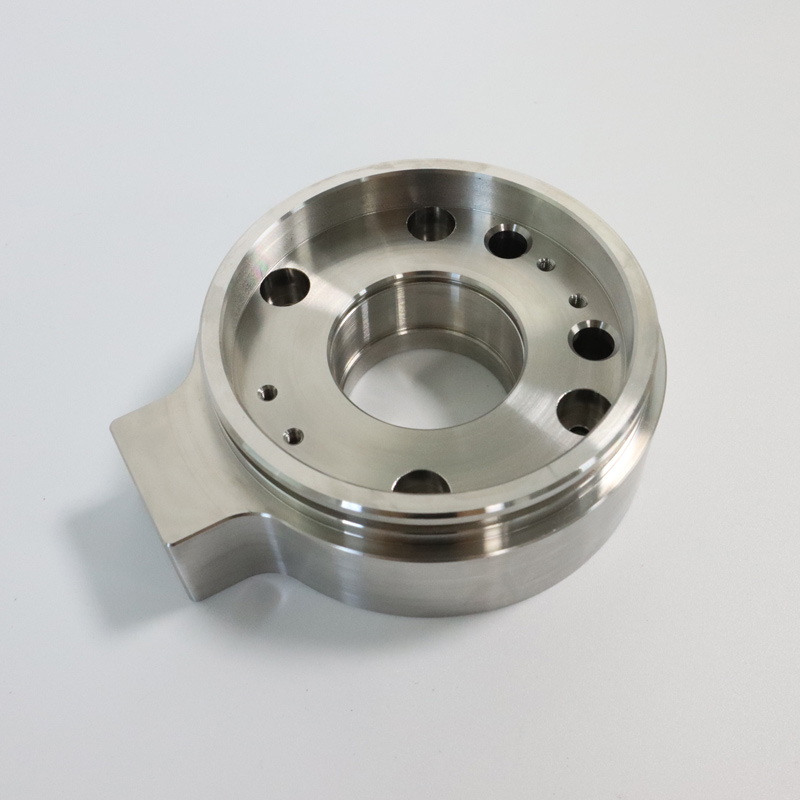
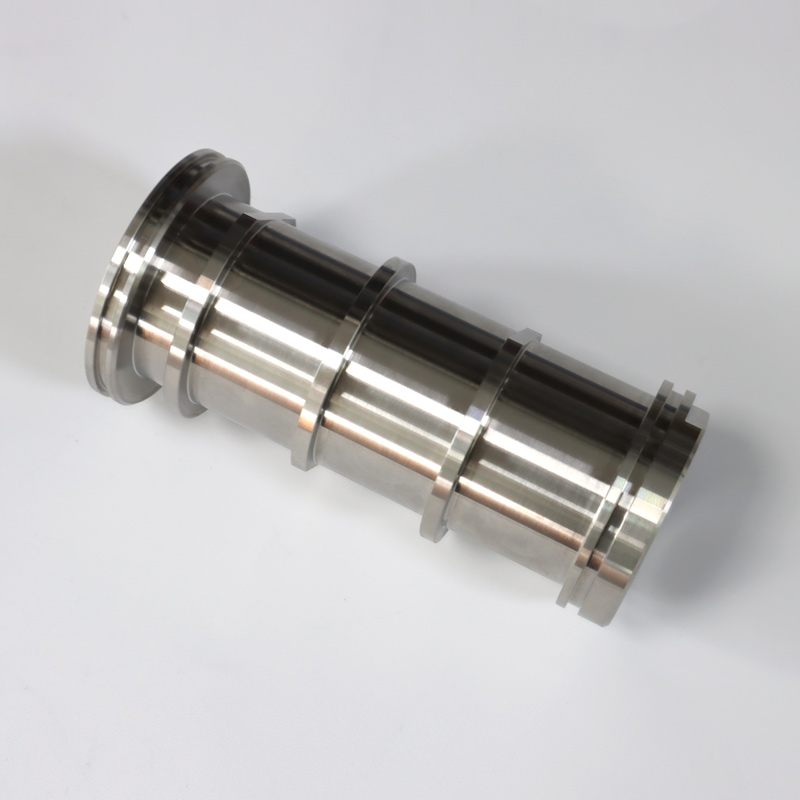
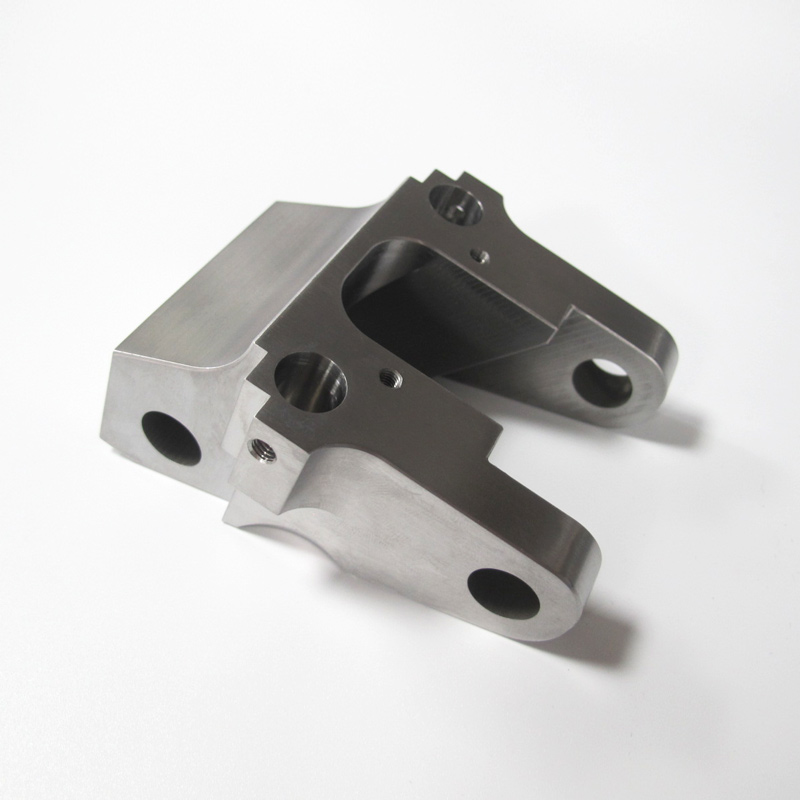
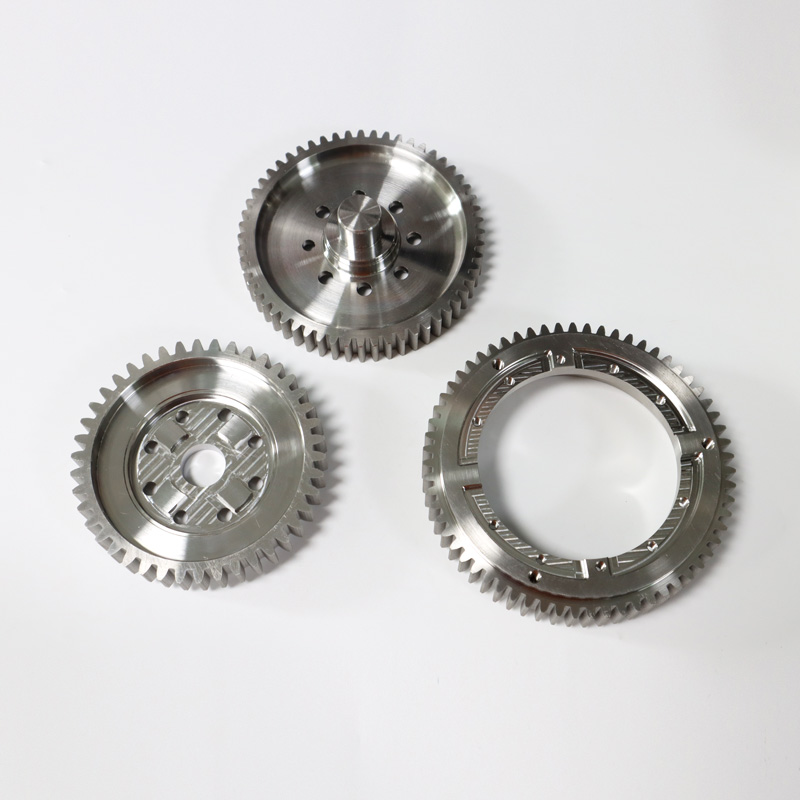
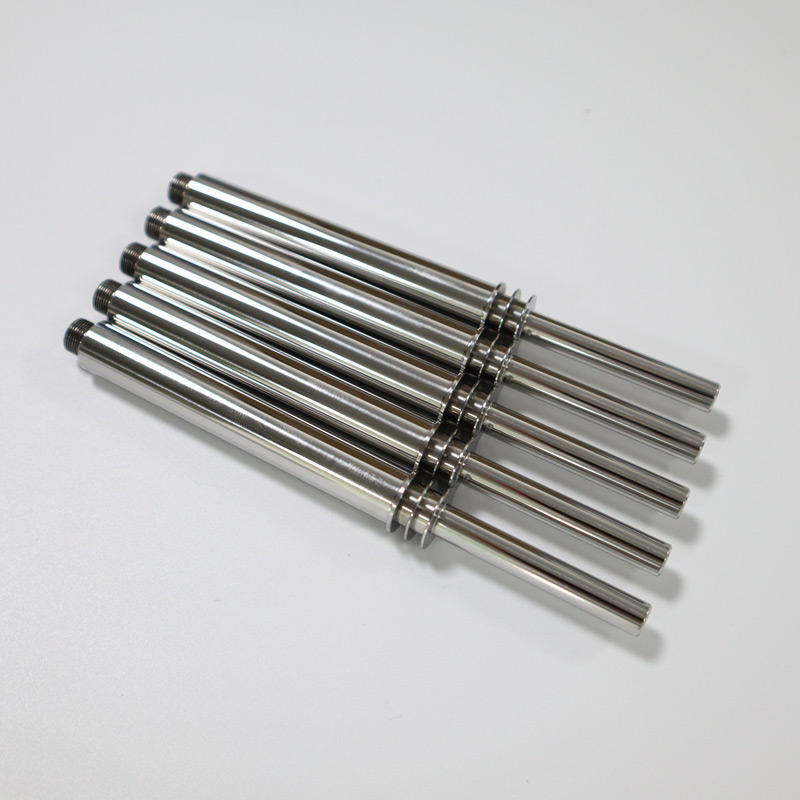
Advantages of Working with AT

Saving Your Cost
Our efficient production capacity and cost control measures allow us to offer a cost reduction of 30-50%, enabling you to achieve significant savings on your project.

Engineering Support
We’ll use our experience to analyze the manufacturability of your parts and provide material selection, design advice, and cost reduction tips to optimize your project.

Quality Assurance
We’re an ISO 9001:2015 certified manufacturing company, providing our customers with SGS, RoHS, and material certifications, along with comprehensive inspection reports.

Wide range of materials
In the last 15 years, we’ve manufactured a diverse range of parts for our customers, utilizing a variety of materials and grades.
Tips for save cost
Choosing the right material for the product is essential for cost optimization. Using materials that are readily available and easy to machine can reduce production time and costs. Also, opting for lower-cost materials can reduce the overall cost of production.
Simplifying the design of the product can help reduce the number of machining operations required, reducing production time and cost. Reducing the complexity of the design can also reduce the amount of material waste.
Tight tolerances require greater precision, which can increase production time and cost. Minimizing the tolerances in the design can reduce the machining time and cost.
Designing the product with the manufacturing process in mind can help optimize the design for production. By designing for manufacturability, you can reduce the number of machining operations required and eliminate unnecessary features that increase production time and cost.

Our Happy Clients!

President

Production Manager

Engineer
CNC Machining Stainless Steel FAQs
- High precision and repeatability
- The computer control error rate is low
- Lower Labor Costs
- Higher Quality
Austenitic stainless steels are prized for their versatility and efficiency, making them a popular choice among engineers seeking high-precision results in CNC machining. Thanks to their exceptional machineability and weldability, these alloys can create complex parts with unparalleled accuracy.
Popular grades of austenitic stainless steel include 303, 304, 316, 310, and 321 grades.
The fabrication cost of CNC machined stainless steel parts varies depending on numerous factors such as the complexity, size, and type of material used. These elements determine which machine is needed for production, the required time to complete the job successfully, and the price will be paid for raw materials.
Nevertheless, AT-Machining still has the best price advantage due to our experienced engineers and the most competitive material suppliers, as well as years of industry accumulation.
304 stainless steel is easier to cnc machine than 316 stainless steel. 304 steel is not only easier to machine, but also easier to clean. 304 is also the most widely used unmodified material
When it comes to stainless steel grades, 304 and 316 are among the most popular. However, if you need a material that can stand up to corrosion in harsher conditions like saltwater environments, then molybdenum-infused 316 is your best bet! This alloy greatly increases Corrosion resistance compared to its non-alloyed counterpart of 304 stainless steel.
Yes We provide superior stainless steel CNC machining services, offering unbeatable quality and competitive pricing. As the leading Chinese provider of this service, we understand how important it is to avoid imperfections such as tool chatter or vibration-induced rubbing while still meeting our customers’ exacting specifications. Our advanced machines maintain precision surfaces on all parts for maximum satisfaction with every order.
The slight disparity in carbon content between Type 304 and 304L Stainless steel creates a profound difference in corrosion resistance, with the former containing up to 0.07% and the latter capped at just 0.030%. The tiny amounts of additional carbon make all the difference for these two powerful materials!

